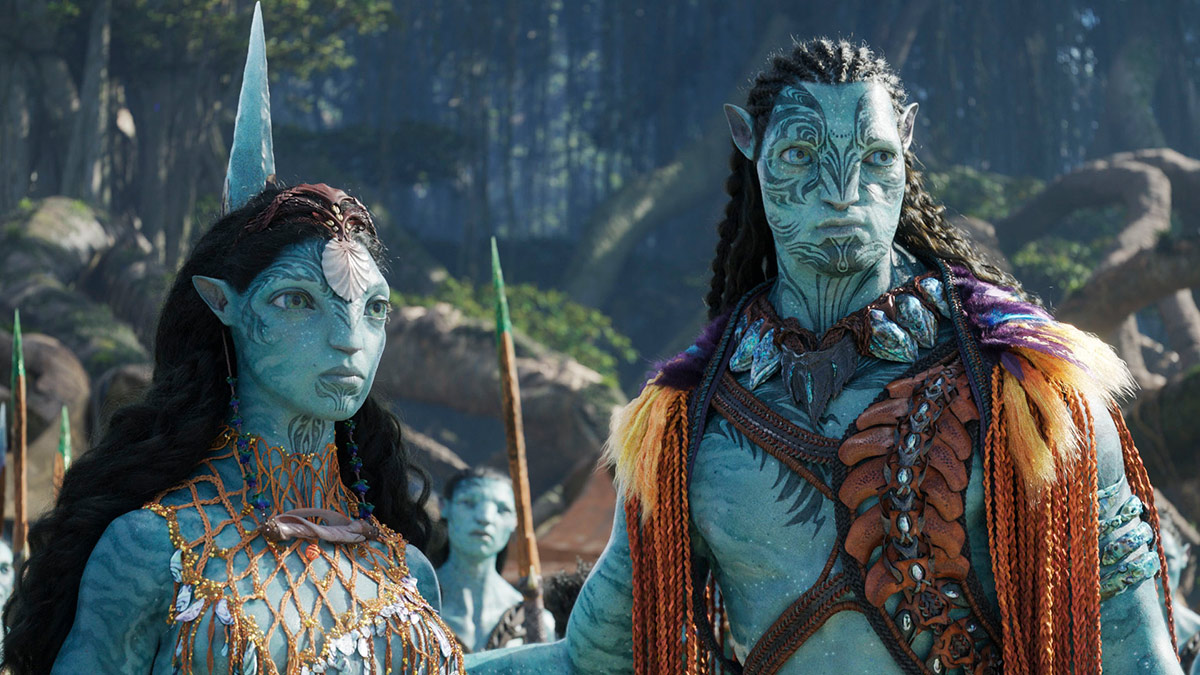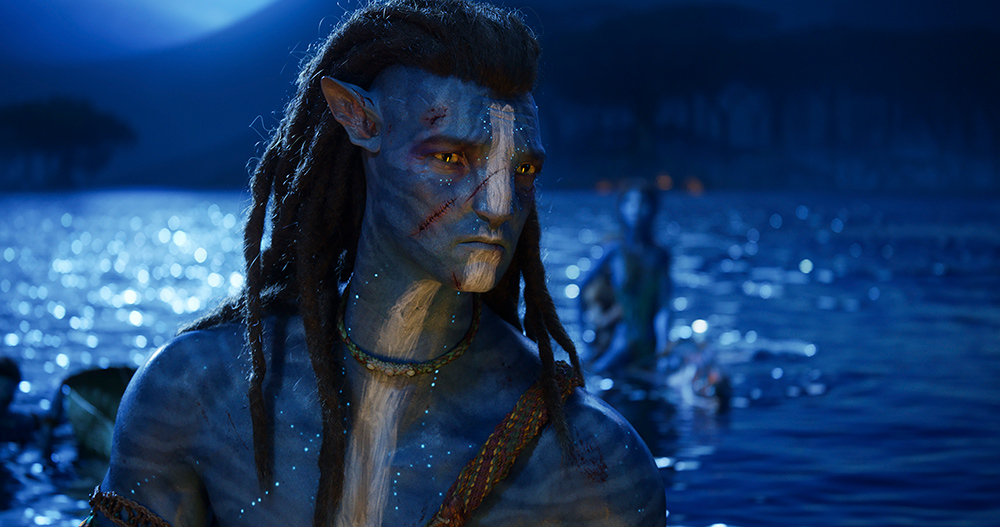
(C) 2022 20th Century Studios. All Rights Reserved.
What is the visual revolution that created “Avatar: The Way of Water”? Approaching the latest technology (Part 2)
2022.12.20
Continuing from the first part, the second part will discuss 3D technology, CG techniques, and evaluation of the work.
* Click here for the first part
“Avatar: The Way of Water” synopsis
Jake, a former marine who became a member of the mysterious planet Pandora, started a family with Neytiri, a Na'vi woman, and lived peacefully with their children. Until humanity appears on Pandora again... A family forced out of the sacred forest takes refuge with a "sea tribe." However, invasion is approaching this beautiful seaside paradise...
Index
- 3D technology has also made great progress
- Advances in stereo photography
- The relationship between depth and size
- Wētā FX simulation technology
- Wētā FX rendering technology
- Review of “Avatar: The Way of Water”
3D technology has also made great progress
High frame rate (HFR) is also nicknamed 3D. This is because it has the effect of suppressing the phenomenon in which horizontally moving subjects appear to be inverted from left to right, reducing headaches and eye fatigue. Also, ``Avatar: The Way of Water'' (WoW) is being released in various formats, but if you have a Dolby Cinema theater near you, you should definitely choose it. This is because you can experience the high dynamic range (HDR) effect of Dolby Vision for yourself. In particular, the shot of a whale-like creature called a tulukun jumping against the backdrop of the setting sun feels as bright as the real sun even through 3D glasses. This HDR effect will dramatically reduce the number of people who feel that 3D is difficult or tiring to watch.

“Avatar: The Way of Water” (C) 2022 20th Century Studios. All Rights Reserved.
The brightness of this screen also affects how stereoscopic vision looks. Even if images have the same amount of parallax, the human brain has difficulty perceiving a three-dimensional effect if there is insufficient contrast between brightness and darkness. In fact, I have watched the same movie (not WoW) multiple times in different theaters to confirm that the brightness and contrast of the screen affect stereoscopic viewing.
Also, one of the problems with 3D is that you lose the sense of depth in each individual subject, and it tends to create a "calligraphy effect" that looks like a series of boards. In order to prevent this, devices are often used to fill the space with some kind of particles. For example, in Martin Scorsese's 3D film Hugo (2011), feathers for pillows were cut into small pieces and constantly scattered like dust. However, since there are many underwater scenes in WoW, depictions of swarming microscopic creatures naturally create a 3D sense of volume. The scene at the climax of the movie where all these little creatures start glowing all at once is truly a feast for the eyes.

